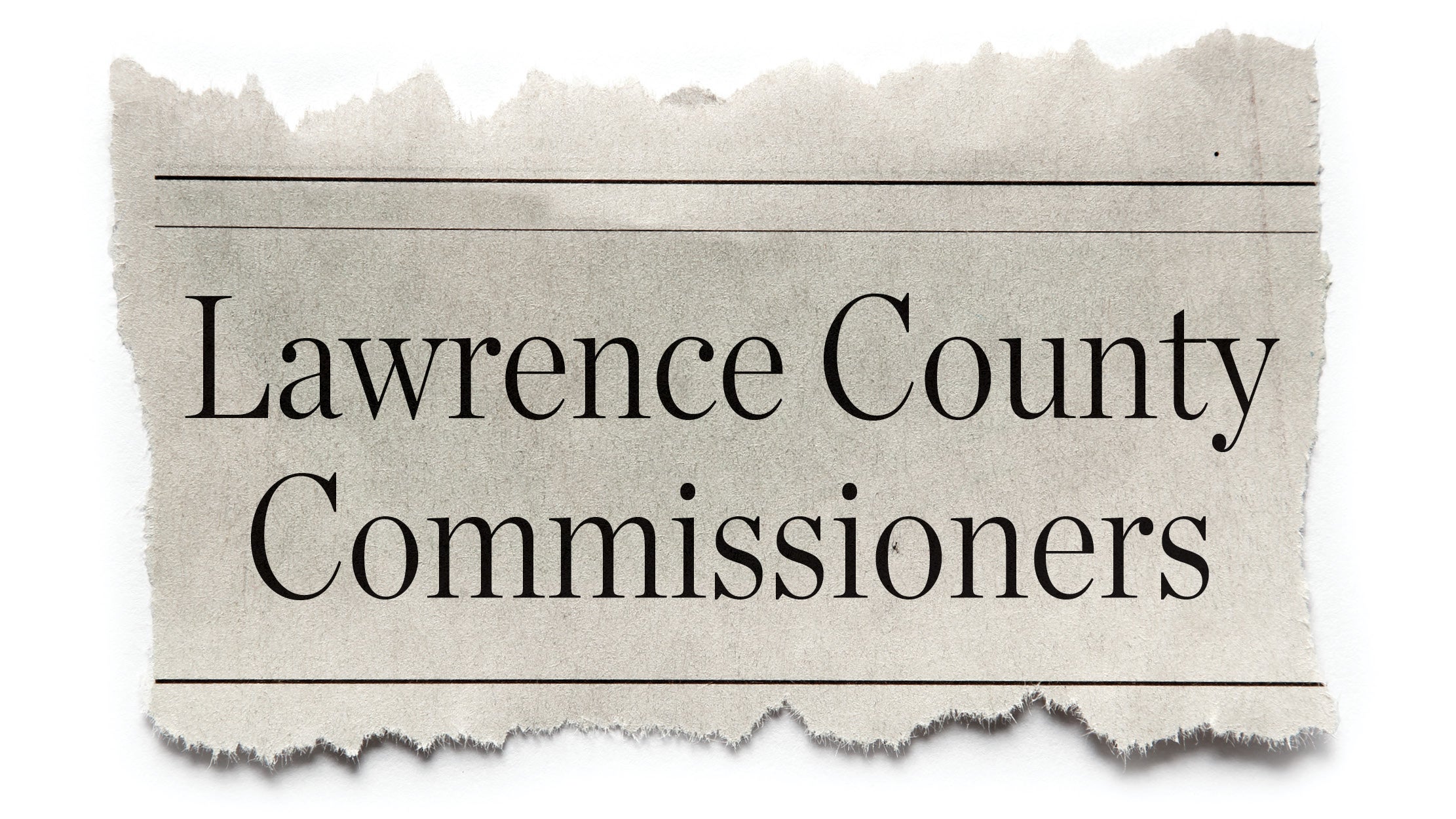South Point tables new zoning ordinance
Published 9:51 am Tuesday, December 13, 2011
Property dispute spurs heated public comments
SOUTH POINT — A special South Point Council meeting, called to discuss proposed changes to its zoning ordinance, got off to a heated start on Monday night when individuals on both sides of a property dispute exchanged comments during the public participation period.
When council members finally got to the discussion of the proposed ordinance, they took no action, choosing to table it until their next regular meeting scheduled for Jan. 3 at 7:30 p.m..
The public remarks were aimed more at individuals and their actions instead of the proposed legislative changes. It centered on the ongoing and continuously evolving controversy between Joe Freeman, who purchased the former South Point Elementary School on Washington Street, and a few outspoken homeowners who are opposed to his plans to convert the building that is bordered on two sides by a residential neighborhood into a mixed-use commercial facility.
The public dispute and opponents’ cries for elected official intervention is what spurred South Point Council members to re-examine the current zoning ordinance. The dispute is also behind a recent petition drive to place an amendment on November’s general election ballot to change a particular article of the zoning ordinance.
Freeman spoke first at the meeting, addressing council members and beginning a heated exchange between himself and Brenda McKee, one of his most outspoken opponents.
Freeman asked the council to consider what type of message it was sending to the business community by proposing to change the rules mid-game on an investor like himself.
McKee did not speak about the proposed legislation instead responding to comments Freeman had made earlier and expressing her opposition to his petition drive.
One other member of the public did express his support of proposed ordinances to restrict some uses in residential areas that are currently allowed, but noted it was not a personal attack on Freeman.
Randy Lambert, the village’s attorney, gave council members a brief overview of changes in the new ordinance explaining it is essentially a “cleaned up” version. Lambert said he incorporated amendments and addenda that were made to an original ordinance dating back to the 1980s into the body of the new ordinance and corrected some grammatical errors.
Lambert noted he also “tried to change it to just a zoning ordinance” instead of a building code and zoning ordinance.
The most controversial changes to the ordinance came in the section pertaining to uses in residential areas.
Current language allowing property owners to secure a variance to locate offices for physicians, surgeons, dentists and other health care professionals, with the permission of 60 percent of adjacent landowners was not removed in the new proposed ordinance.
This language is at the heart of the property dispute between Freeman and the residents, who have lobbied council members to remove all commercial uses — particularly this section from any new ordinance.
Freeman has sought the approval of 60 percent of the adjacent neighbors in order to locate the offices of his home health care business inside the building along with elder use condominiums. It is also the area of legislation for which he recently submitted a petition to the village to amend the language via a vote by the public. Freeman turned in a petition late last week but it is still undergoing a review to determine if it meets the legal requirements to be considered for signature validation.
There were some proposed changes to other types of allowed uses in residential areas in the proposed ordinance including religious uses and a range of other public facilities. Lambert said he tried to give council members “options” based on the discussion at an October special meeting where residents lobbied village leaders to strip out many of the current allowed uses.
Two legislative “options” each — one less inclusive, one broader — were included in the proposed ordinance for Section 11, articles No. 1 and No. 2. Item No. 1 concerns religious and cultural uses in residential areas, while No. 2 addresses other facilities owned by governmental bodies.
Lambert stressed the council does not have to choose either option; they can decide to use old language or craft new language.
The proposed ordinance included a slight change in language in Article 3, which addresses single family unit dwellings including condominiums. However, under the proposed ordinance, “the structure the condominium is contained within shall only contain condominiums.”
Uses allowed under the current ordinance that were not included in the draft legislation included all agricultural uses, along with private, non-commercial recreation facilities such as country clubs, golf courses and swimming pools, lodging and boarding houses, convalescent homes, nursing and rest homes and children’s nurseries.
Hospitals and other buildings used for the treatment of contagious diseases, drug addicts and the mentally ill would also no longer be allowed under the new legislation. Cultural centers including colleges for academic instruction would also be prohibited.
Under Ohio law, three readings of a proposed ordinance must be given and approved by council members before the legislation can become law unless village officials vote to declare an emergency and vote to pass the legislation. Lambert said he does not anticipate that happening.
Lambert noted, however, council members could decide to hold other special meetings beyond their once monthly regular meeting, if they want to shorten the time period in which the three readings are held.





